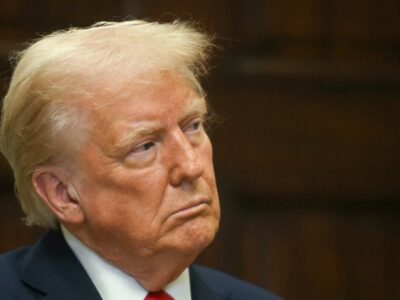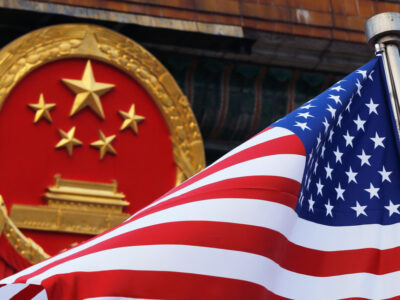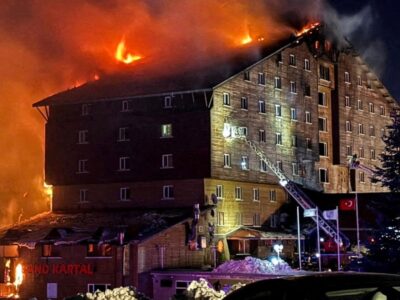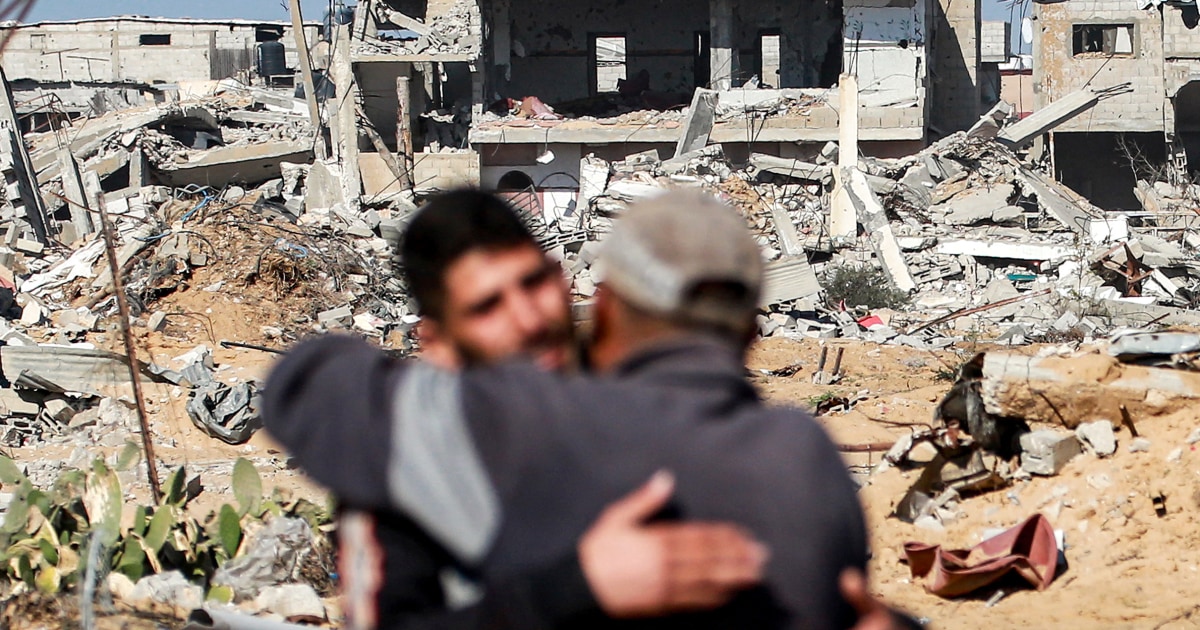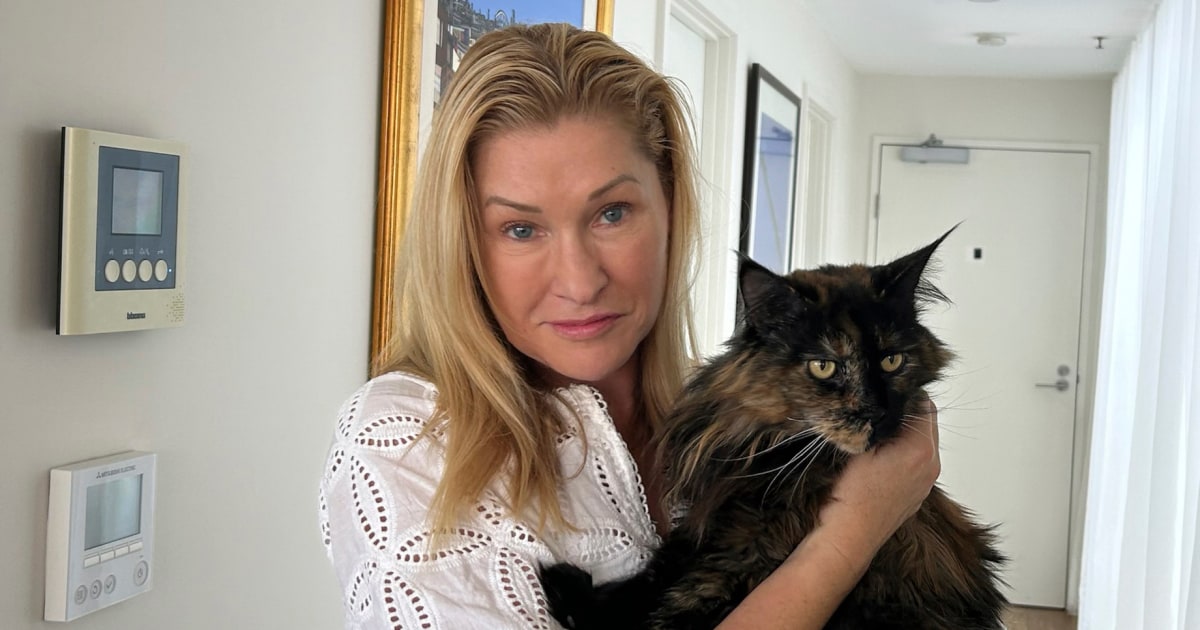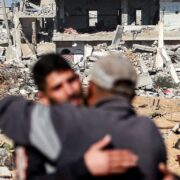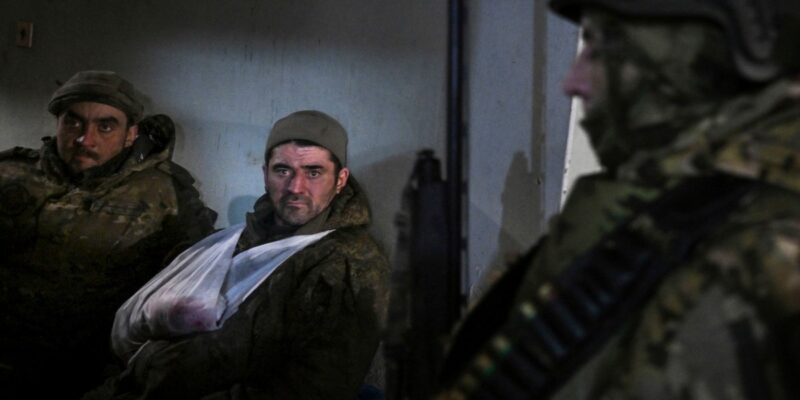
This year is shaping up to be a nail-biter for Ukraine.
After a year of significant gains for Russia, looming large is the presidency of Donald Trump, who has pledged to end the war in “a single day” — even if he has indicated that he is in part sympathetic to Moscow’s arguments and has remained skeptical of promising open-ended military aid to Kyiv.
Some experts believe that, for this reason, it’s likely that Ukraine, and Europe, will need to prepare for a prolonged war.
“Trump, with his unpredictable policy on military support for Kyiv and on how to end the war, will be the biggest challenge,” Justyna Gotkowska, the deputy director of the Center for Eastern Studies, a think tank based in Warsaw, said in an op-ed last week.
After more than 1,000 days of war, Ukraine is running short on manpower while the Kremlin has stepped up bombings of cities and infrastructure, launching missiles, drones and artillery rounds at civilian targets.
Nearly a fifth of Ukraine’s territory is now occupied by the Russian forces, though Ukraine’s counteroffensive efforts have driven the fight onto Russian land, where large swathes of territory in the Kursk border region have been seized.
And while the country has successfully fended off a number of air attacks in recent months, the Ukrainian military chief, Oleksandr Syrskyi, conceded on the Telegram messenger app that Russian troops have advanced significantly in the eastern Donetsk region in the past few months. The area of Pokrovsk, a Ukrainian defense linchpin, could especially pave the way for Moscow to seize swathes of more territory.
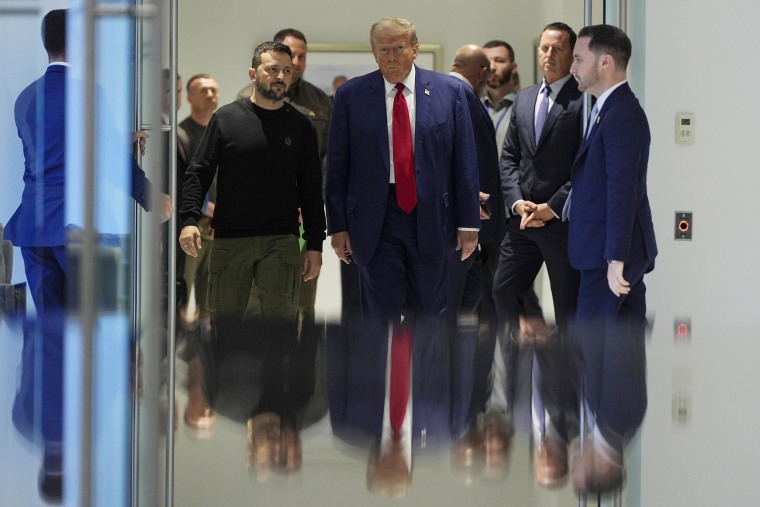
Former President Donald Trump meets with Ukrainian President Volodymyr Zelenskyy at Trump Tower in New York City on Sept. 27.Julia Demaree Nikhinson / AP
Ahead of Trump’s inauguration on Jan. 20, Ukrainian President Volodymyr Zelenskyy now walks a diplomatic tightrope.
“Zelenskyy’s greater challenge right now is to ensure continued U.S. military assistance to Ukraine,” said Ann Dailey, a policy researcher at the RAND Corporation, a California-based think tank.
As Ukraine’s most important military backer, the U.S. has given Kyiv nearly $61.4 billion in military assistance. On Monday, the White House pledged another $2.5 billion — likely the last steps taken by the Biden administration in that direction.
On the other hand, Trump has made clear that he does not wholeheartedly support Kyiv’s war against Vladimir Putin’s invading forces.
In an interview with NBC’s Kristen Welker earlier this month, the president-elect said Ukraine would “probably” receive less military aid once he takes office, contending that Europe should match the U.S.’s level of support.
“We’re in for $350 billion, and Europe is in for $100 billion. Why isn’t Europe in for the same as us?” he said. “The one thing that should happen is that Europe … should equalize.”
“War with Russia is more important for Europe than it is for us. We have a little thing called an ocean in between us,” he added.
Trump has been careful not to reveal much of his plan to end the war, though his choice of U.S. envoy to Ukraine, Keith Kellogg, presented a peace plan to Trump in April, a plan that involves putting pressure on both sides by cutting off military aid to Ukraine if it doesn’t agree to negotiations, and expanding weapons shipments to Kyiv if Moscow refuses to come to the table.
Trump also criticized Ukraine after it launched missiles into Russian territory last month: “I disagree very vehemently with sending missiles hundreds of miles into Russia. Why are we doing that?” he said in an interview with Time magazine earlier this month.
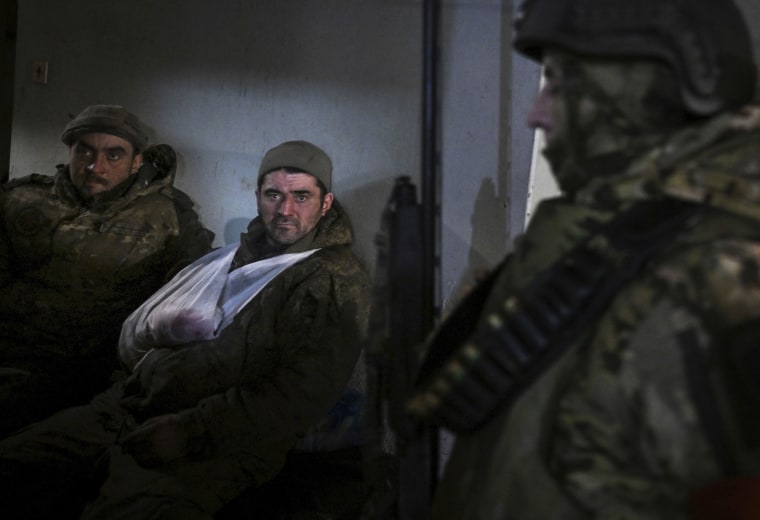
Russian servicemen at a frontline hospital in Pokrovsk, eastern Ukraine on Sunday.Stanislav Krasilnikov / Sputnik via AP
Meanwhile, in recent weeks Trump’s aides have pushed for a truce contingent on Kyiv delaying its membership to the NATO alliance by 20 years, in exchange for continued arms supply from the West and the deployment of European peacekeepers to monitor a ceasefire.
But some experts say this will only invite the Kremlin to continue its efforts to undermine the European security order.
“My biggest concern is that Ukraine will be pressured to accept a bad deal with Russia, as Donald Trump will be keen to deliver on his promise to stop the war,” said Kristi Raik, the deputy director of the International Centre for Defence and Security, in an op-ed.
In line with changing circumstances, Zelenskyy’s public statements have also shifted, now emphasizing the need for long-term security over territorial control. Short of being open to painful concessions, the Ukrainian president has signaled a greater willingness to negotiate an end to the war.
This shift comes after previous acknowledgments that it’s unlikely Ukrainian forces will be able to roll back Russian troops from the seized territory, including the Crimean peninsula and parts of eastern Ukraine that Moscow has held for a decade.
Putin, meanwhile, has been doing the equivalent of a victory lap.
During his traditional end-of-year press conference on Dec. 19, he boasted that his forces were “advancing” on the battlefield and that “Russia’s “defense capabilities are the highest in the world.”
Nonetheless, he said he was “ready to engage” in peace talks with Ukraine, noting that “politics is the art of compromise.”
Putin referred to the 2022 peace talks held between the two countries in Istanbul, where the draft agreement discussed involved the Kremlin taking control over the Crimea and Donbas region, and with Ukraine giving up plans to join NATO and reducing its military.
Those talks failed, with both sides blaming the other for the collapse.
“Putin placed particular emphasis on Russia being a rational actor by being willing to accept a ceasefire on its own terms, and accusing the Ukrainian side of sabotaging a previous deal,” said Natia Seskuria, an associate fellow at a London-based think tank, RUSI.
But with Putin’s usual threats of escalation on show, Russia is negotiating from a position of strength, rather than weakness — and it expects concessions from Ukraine with the help of the Trump administration.
The Russian concept of negotiations is “very different from our own,” said Dailey of the RAND Corporation. “Russia just wants what it has wanted since it started this war.”
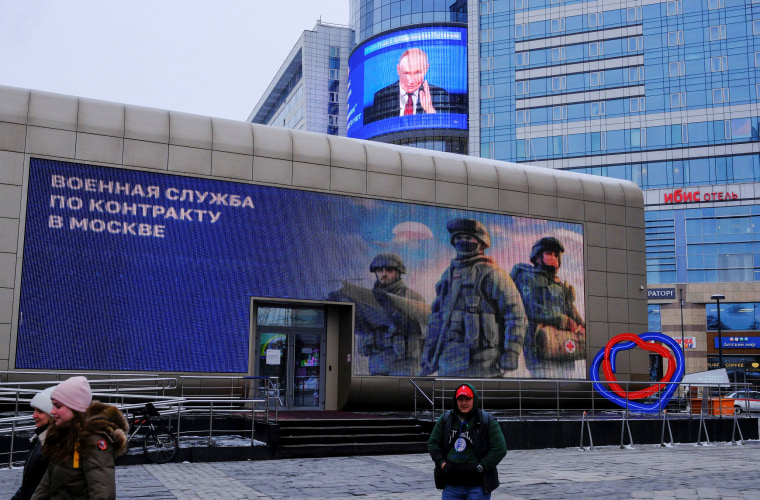
Putin’s news conference is projected over a billboard promoting contract military service in Moscow on Thursday.Shamil Zhumatov / REUTERS
Putin has repeatedly voiced that deferring Ukraine’s membership to NATO is not enough for Moscow. On Monday, Russian Foreign Minister Sergei Lavrov doubled down on the Russian president’s position, saying that he would not consider the plans reportedly being put forward by Trump’s team.
“We are not satisfied with the proposals made by representatives of the president-elect’s team to postpone Ukrainian membership in NATO for 20 years, as well as to introduce a peacekeeping contingent of British and European forces into Ukraine,” Lavrov told state-owned TASS news agency.
“Since NATO’s long-standing expansion was one of the main causes of the Ukrainian crisis, ensuring Ukraine’s nonaligned status remains among the goals of the special military operation that must be achieved,” the foreign minister said.
Even if Trump tries to restore ties between the U.S. and Russia once he comes into office, he would have to “swim against the current” given the bipartisan consensus in the U.S. on Russia — which is “not so simple,” Lavrov added.
Dailey said it would be “foolhardy” to think that “you could enter negotiations with Russia and believe you would get any concessions that you did not force them to concede at the tip of a spear.”
Put simply, Russia currently sees itself as having the advantage both militarily and politically.
“Under these conditions, I do not anticipate Russia would concede much of anything,” she added.
Ukraine’s unease is underscored by the seemingly cordial terms between the American and Russian leaders.
While Zelenskyy has pushed for NATO membership as a necessary move to safeguard Ukraine from future invasions, Kyiv’s prospects seem largely unattainable in both the U.S. and Europe, where leaders appear divided over which security pledges they can offer Kyiv.
Nevertheless, Zelenskyy has repeatedly stated that Ukraine needs unequivocal support from the U.S. alongside European guarantees.
“It is very important for us to have both on board: the United States and the Europeans,” he said during recent talks held in Brussels.

